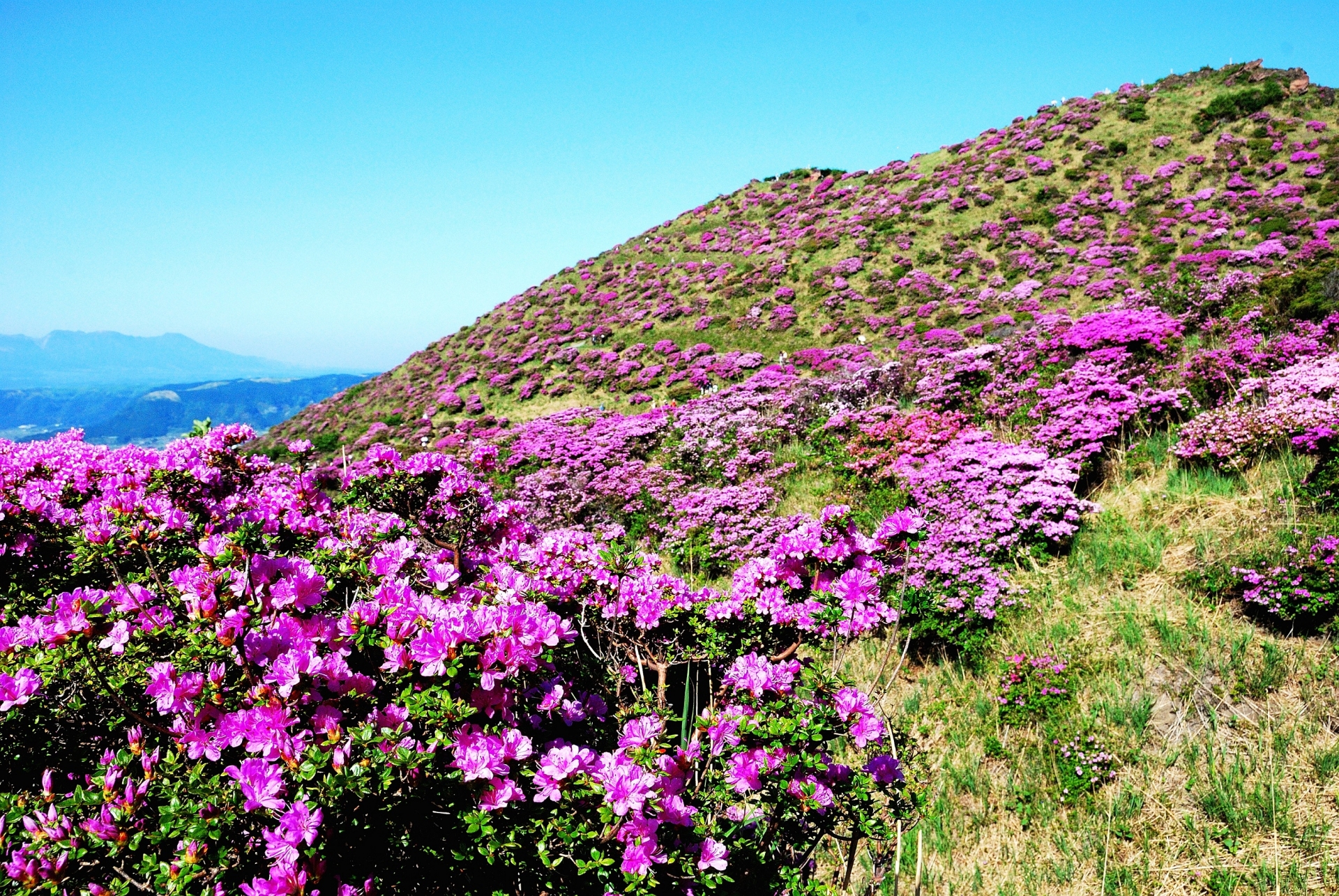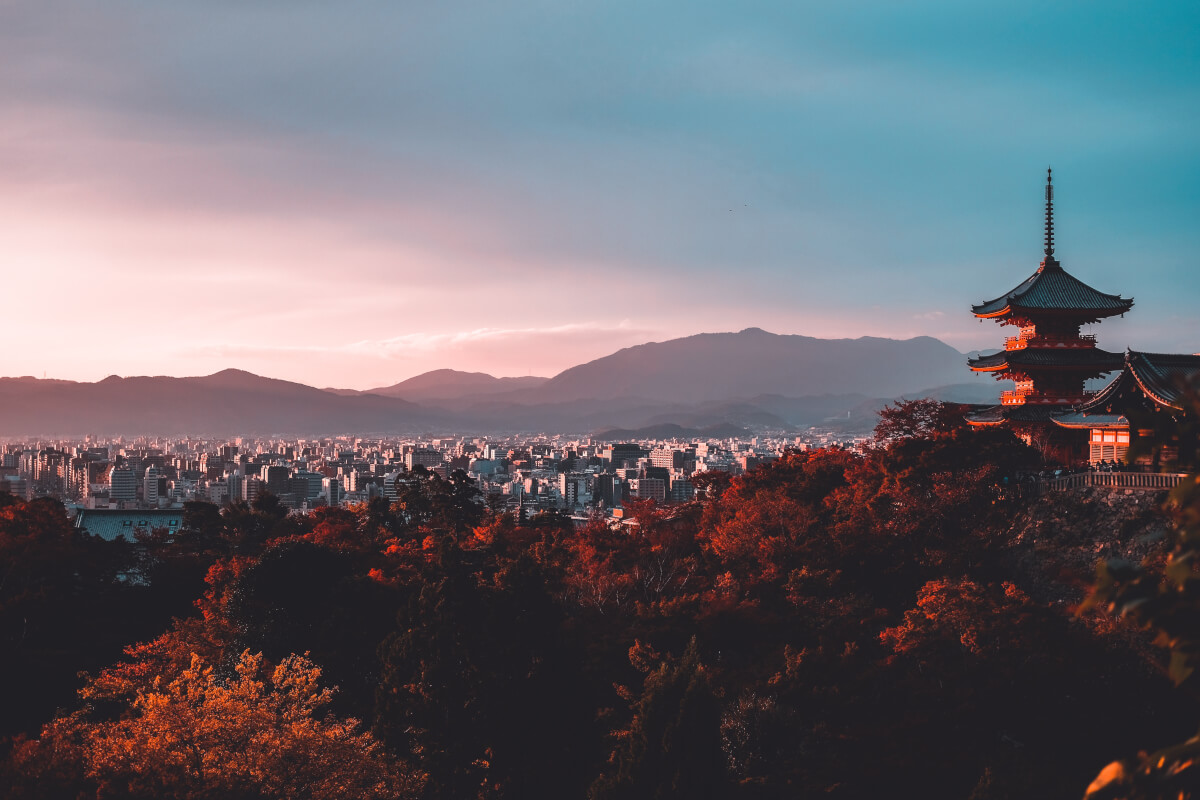
Misty Fujii is a Canadian DJ and writer who came to Japan seeking adventure and stuck around for love. Living life as a bucket list in progress, she’s as passionate about sharing her stories as she is experiencing them. She gets excited about collecting vintage vinyl records, food from all countries, traveling, and renovating her traditional Japanese house. She can be found on Instagram @djmisty
This post may contain some affiliate links. When you click through and make a purchase we may receive some commission, at no extra cost to you.
Japan’s culture, history, and gastronomy are often cited as reasons to travel to Japan. But did you know that for those in the know, Japan‘s nature is also a very popular reason to visit?
Nature lovers from all over the world flock to Japan to enjoy primeval forests, active volcanoes, scenic rugged coastlines, drifting ice, and much more. Natural diversity is great in Japan, and if you don’t mind traveling to a bit more remote areas you will be rewarded with sights you can’t see in many other places in the world. These are the 20 outstanding places to visit for nature lovers in Japan!
- 1. Yakushima (Kagoshima)
- 2. Amami Oshima Island (Kagoshima)
- 3. Mt. Aso (Kumamoto)
- 4. Amanohashidate (Kyoto)
- 5. Takeda Castle Ruins (Hyogo)
- 6. Oboke Koboke (Tokushima)
- 7. Nachi Katsuura (Wakayama)
- 8. Lake Nozori (Gunma)
- 9. Oze National Park (Gunma)
- 10. Nagatoro (Saitama)
- 11. Okutama (Tokyo)
- 12. Hitachi Seaside Park (Ibaraki)
- 13. Owakudani (Hakone)
- 14. Shirakami Sanchi (Aomori-Akita)
- 15. Oirase Gorge (Aomori)
- 16. Kamikochi (Nagano)
- 17. Jodogahama (Iwate)
- 18. Zao (Yamagata)
- 19. Shiretoko (Hokkaido)
- 20. The Tottori Sand Dunes (Tottori)
- Japan Wonder Travel Tours
- Other articles you might be interested in
1. Yakushima (Kagoshima)
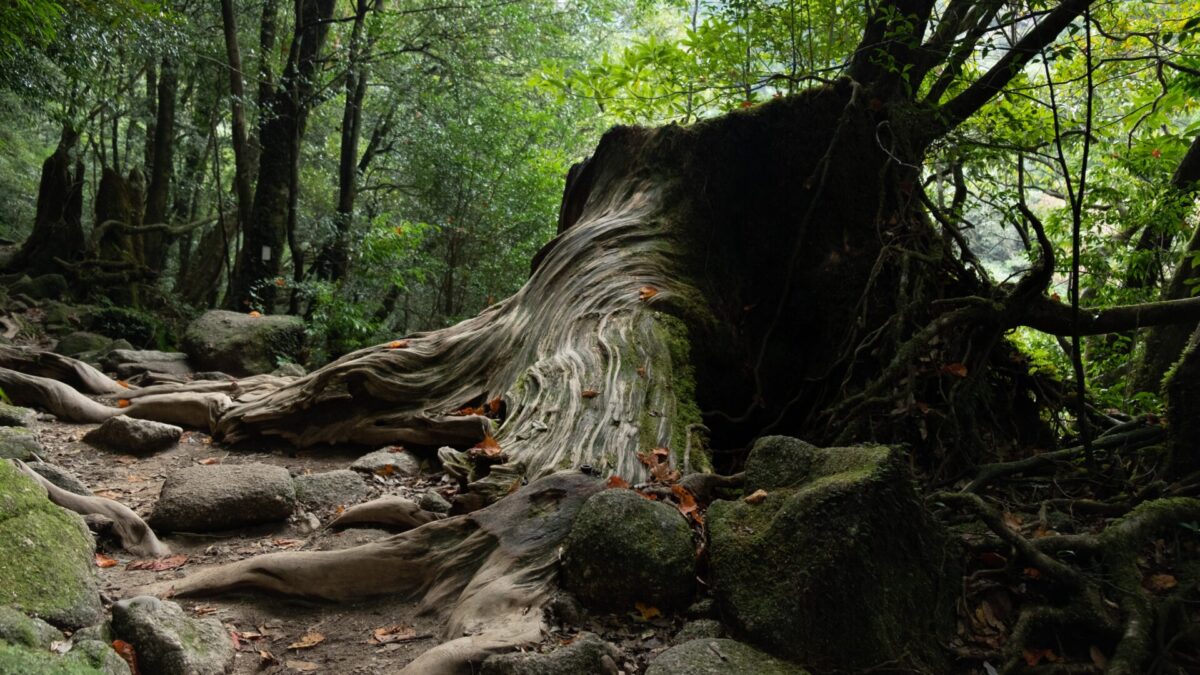
Kagoshima is not only a culturally rich area because of its long history with a strong feudal family ruling the area, but a scattering of small islands are also part of the southern prefecture. One of these islands is Yakushima, which is especially well known for its primeval cedar forest.
As the air is humid here, the trees are often shrouded in mist which adds to the mystical atmosphere. There are only a few small villages on the island, and the forest is undeveloped. You can find a host of hiking trails that lead through the forest, past waterfalls, and to secluded beaches. As the island is mountainous, some of the hikes require multiple days and an overall good physical condition.
2. Amami Oshima Island (Kagoshima)
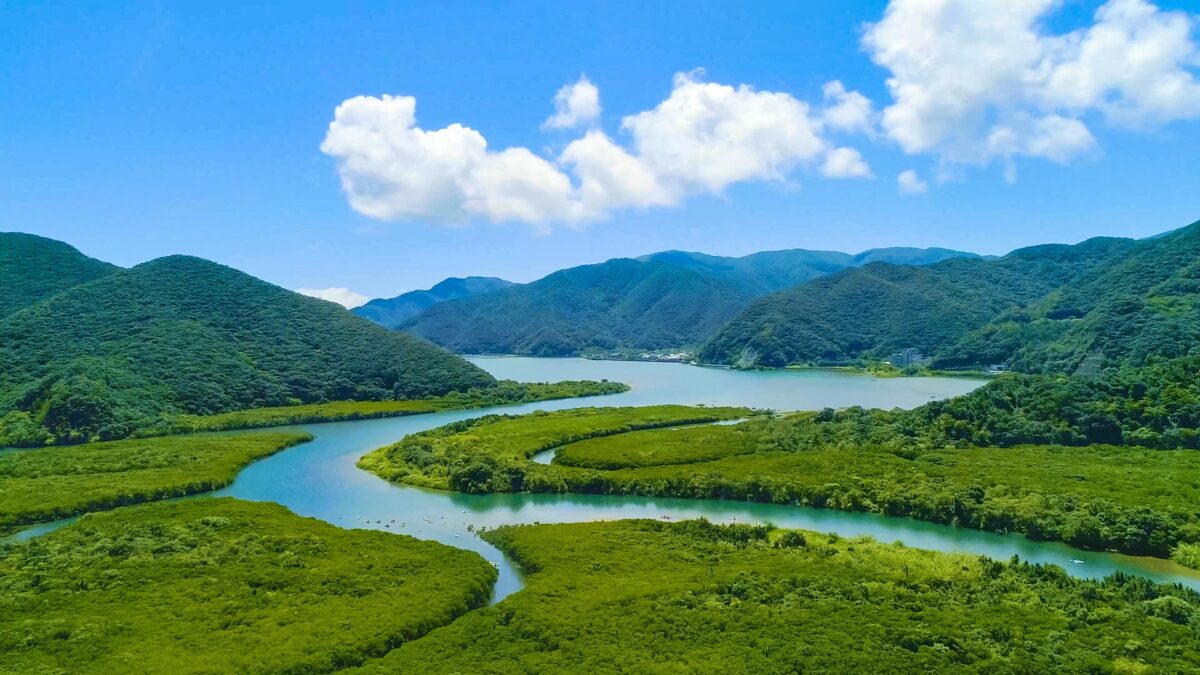
Amami Oshima is another island in the southern prefecture of Kagoshima. Like Okinawa, Amami Oshima, the largest island in the Satsunan chain, boasts stunning natural beauty. Lush forests, including mangroves and giant ferns, thrive in the island’s tropical climate. Beautiful beaches with white sand and crystal-clear waters line the coast, offering excellent swimming and snorkeling opportunities. Unlike Okinawa, you’ll find fewer crowds here, making it a more off the beaten path escape.
But Amami Oshima is more than just beaches. It has a rich history and a unique culture, including the renowned Oshima Tsumugi silk, used for centuries to create exquisite kimonos. A great time to visit is during the summer months (late June to August) when the weather is warm and sunny.
3. Mt. Aso (Kumamoto)
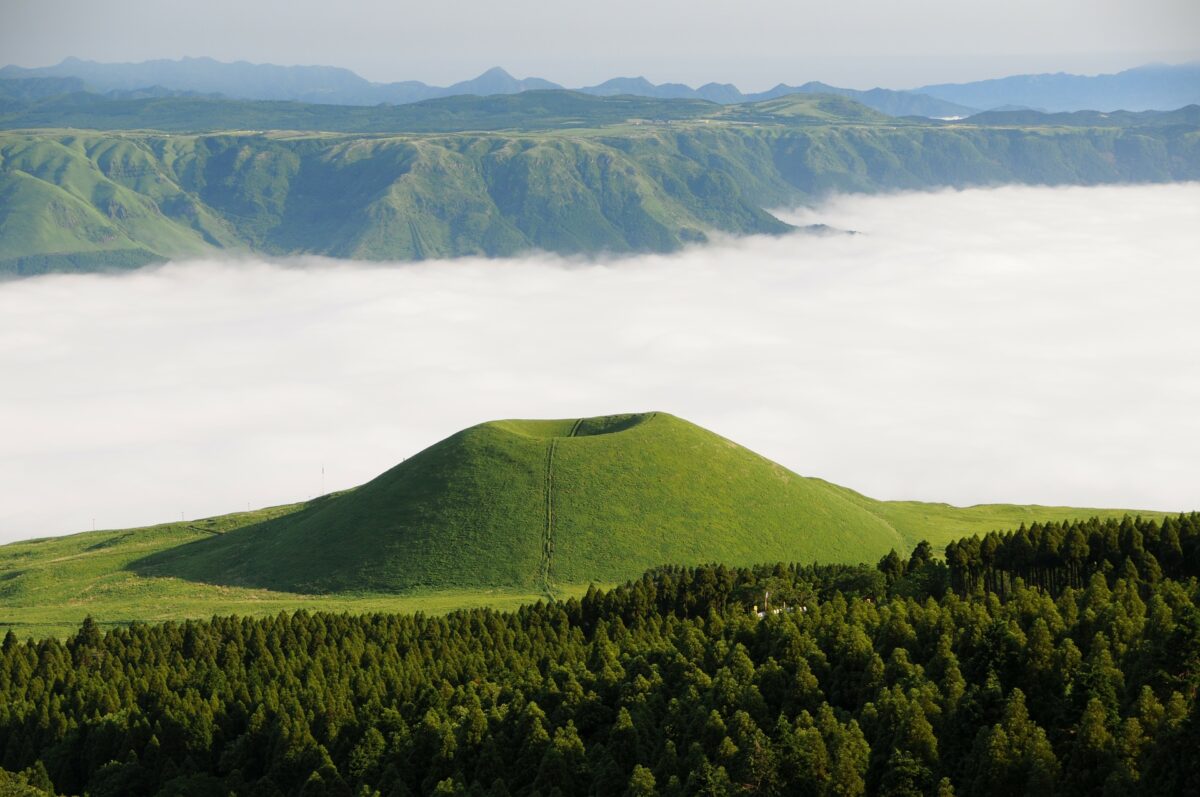
Mt Aso, with its very large caldera is a volcano that is still active today, and it is famous for three areas in particular. First of all, in the middle of the caldera, you can find Mt Nakadake whose crater you can view from up close. Volcanic gases spout from the crater give you a slightly unsettling, but still amazing view. Near Mt Nakadake you can find a shapely volcanic cone covered in grass. It is not easy to reach by vehicle, but you can hike around the area.
Kusasenri is the third must-see spot on Mt Aso. The grassy plain is a beautiful sight, and Because of the fact that the volcano is active, access to Mt Aso is sometimes restricted when the situation is too dangerous or visibility is low. On the official website of the volcano, you can check its current status.
4. Amanohashidate (Kyoto)
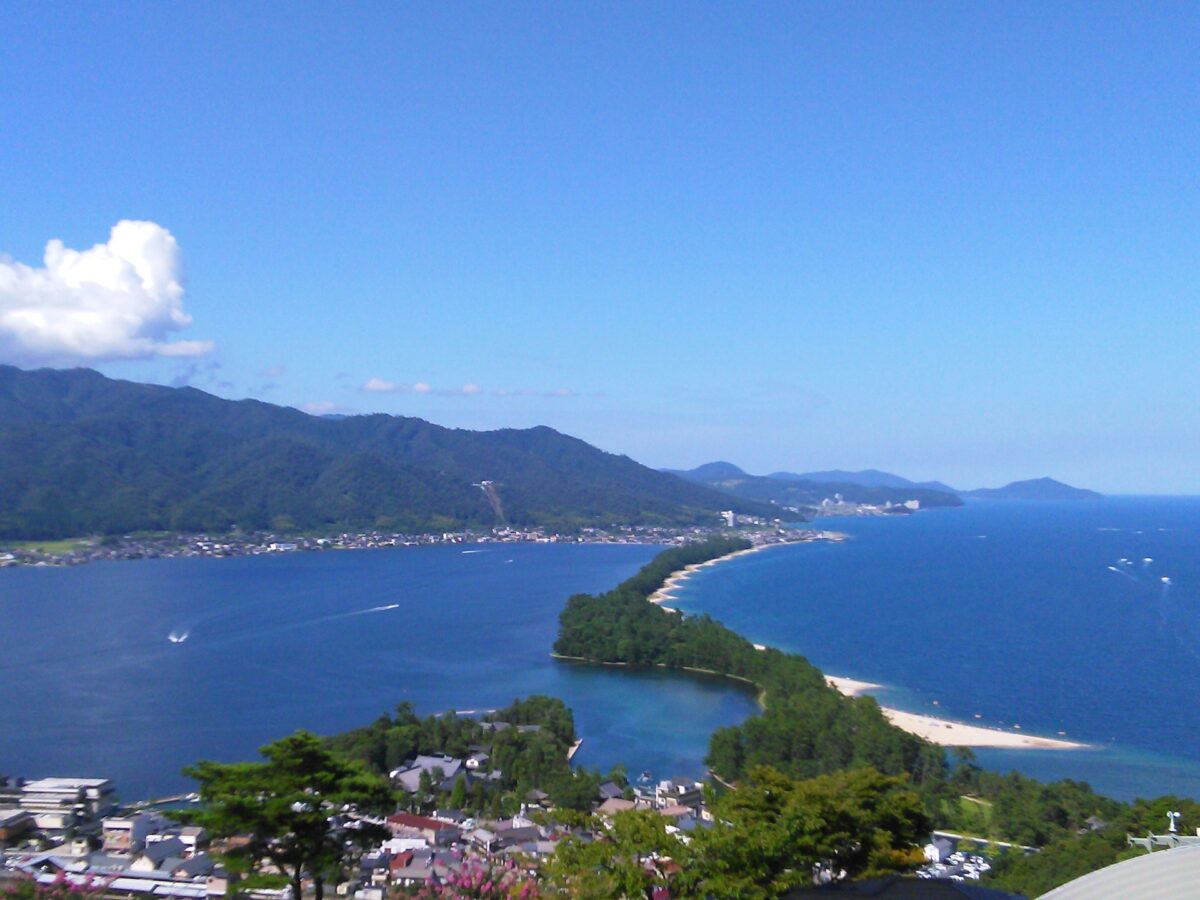
You may not directly associate Kyoto with coastal areas, but Kyoto prefecture actually has some very pretty seaside locales. Amanohashidate is located a few hours away from Kyoto city, not far from the Maizuru cruise harbor. This sandbar is covered with pines and is reminiscent of a bridge to heaven, hence the name. It’s a very scenic spot, and visitors like to discover the area on foot or by bicycle. There are small shrines and temples to visit, and you can get great views from several observation decks.
5. Takeda Castle Ruins (Hyogo)
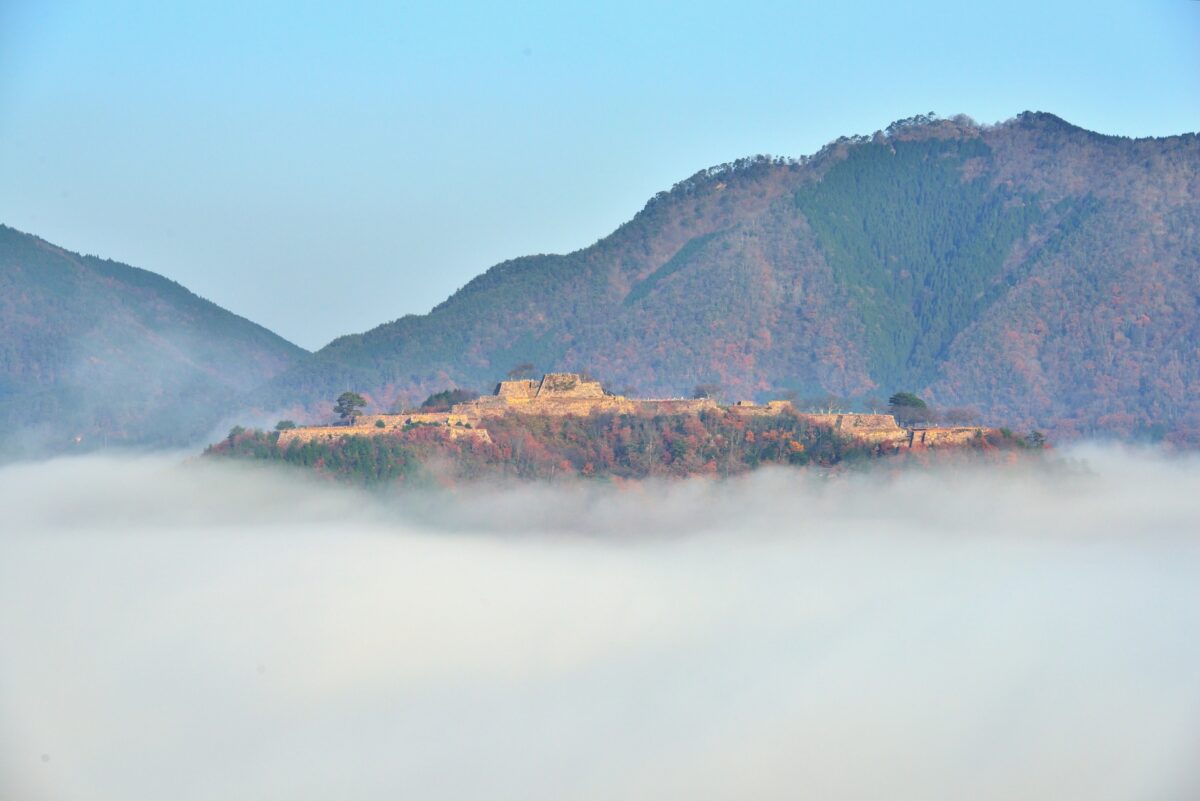
Takeda Castle, a ruined fortress in Hyogo Prefecture, is famously known as the “castle floating in the sky.” Perched atop Mt. Kojo, this 15th-century castle offers stunning views, especially on foggy autumn mornings when it seems to magically float above a sea of clouds. Though only ruins remain, Takeda Castle draws visitors worldwide with its breathtaking blend of history and natural wonder. The high altitude also provides panoramic vistas of the surrounding mountain peaks.
6. Oboke Koboke (Tokushima)
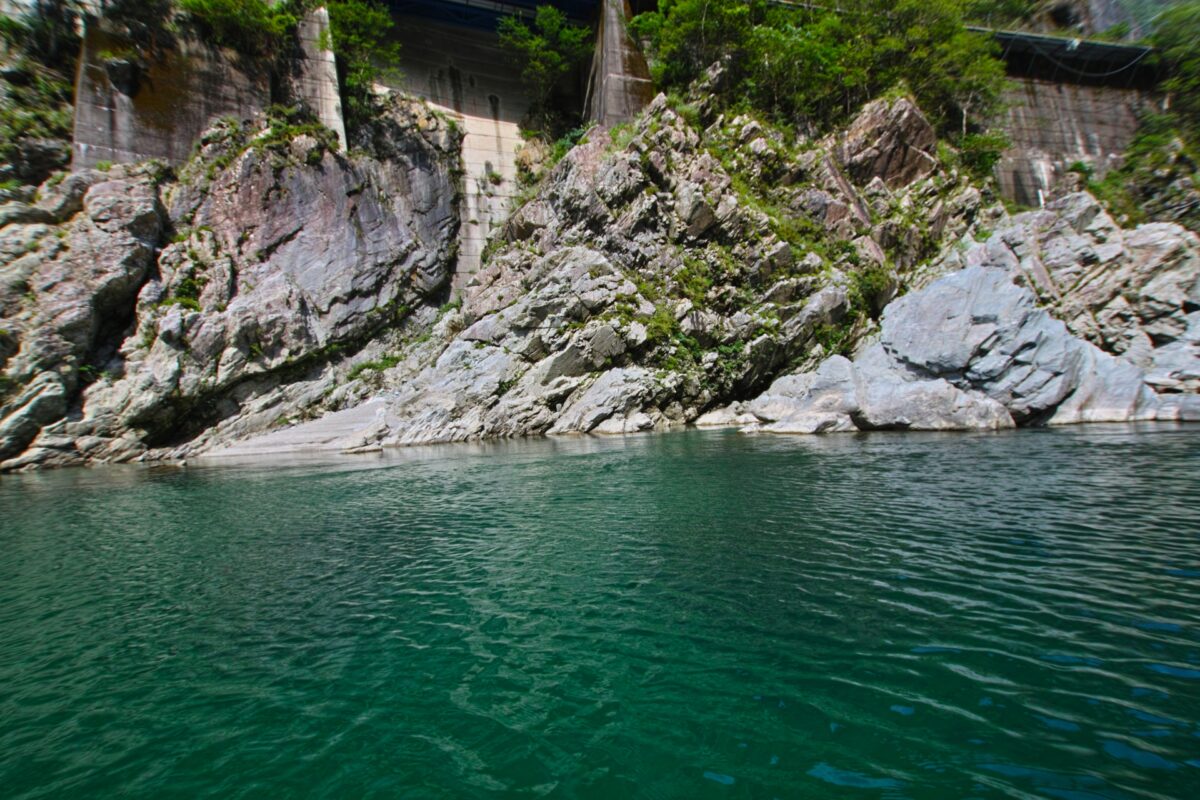
Oboke and Koboke are 8-km long gorges on Shikoku Island where you can enjoy the ancient natural surroundings from the water or from the bus/train. The area is remote, and you will feel like the cities are in a different world. It is said that the best way to enjoy Oboke Koboke is by rafting down the white water river, as this river has the fastest current in Japan!
7. Nachi Katsuura (Wakayama)
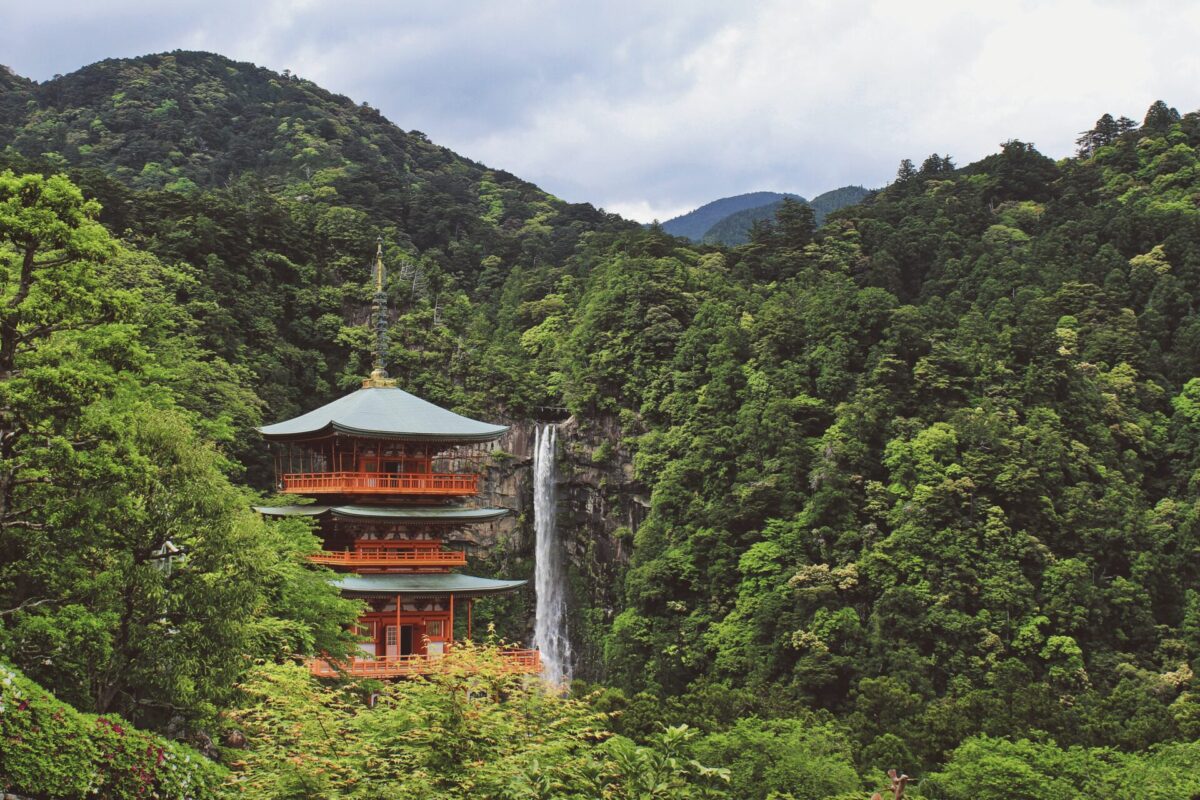
Nachi Katsuura is a coastal hot spring town on the Kumano Kodo pilgrimage trail. There are several larger onsen hotels where you can find everything you need for a comfortable stay; extensive bathing facilities, restaurants, bars, and even karaoke. If you can, we recommend a stay at the Urashima hotel with a cave bath or the Nakanoshima Hotel with outdoor baths with ocean views. There is also a famous tuna market in Nachi Katsuura with auctions that you can watch in the morning around 7 am.
8. Lake Nozori (Gunma)
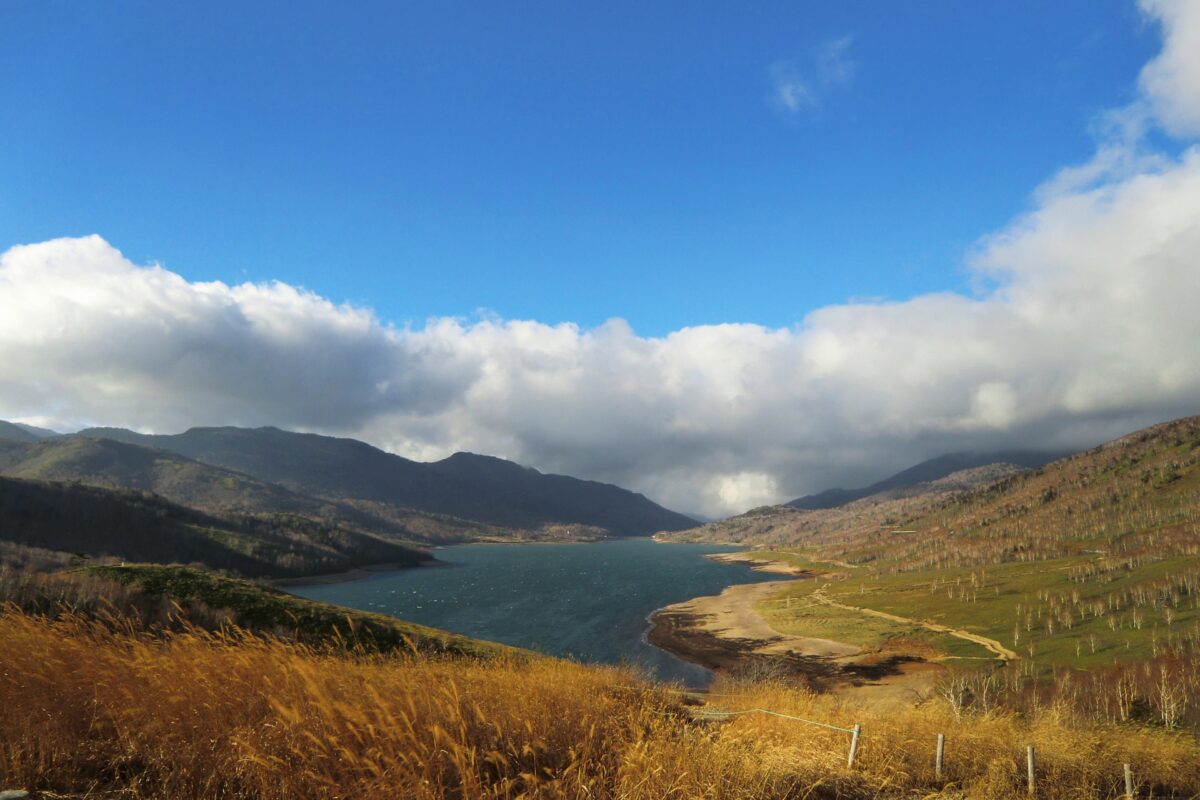
Lake Nozori is located around 200km north of Tokyo, and it was formed in the 1950s when a dam was built here. As the lake is situated at a height of 1500 meters above sea level and is surrounded by gently sloping hills, the landscape reminds many of that of northern Europe. In the summer the grassy fields become colorful with over 150 species of alpine flowers in bloom. We recommend combining a hike at Lake Nozori with a soak in the baths of one of the best hot spring resorts in the world, Kusatsu. It is only 45 minutes by car if you have your own transportation.
9. Oze National Park (Gunma)
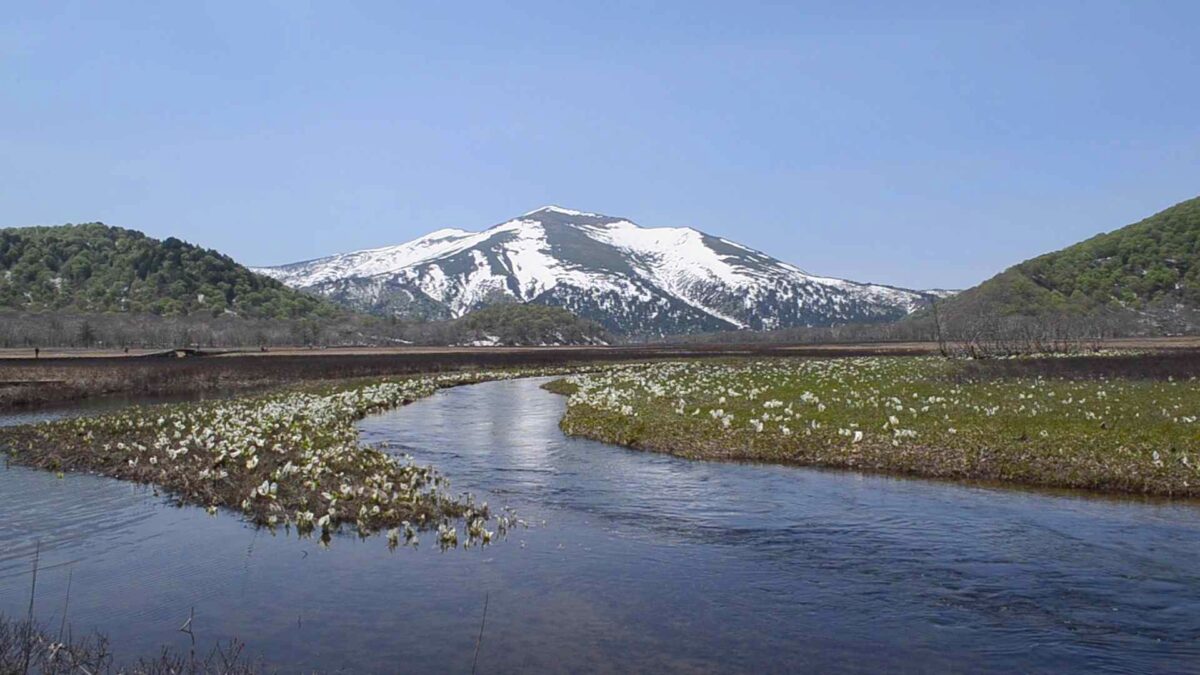
Oze National Park is a mountainous paradise boasting one of Japan’s largest highland marshes. This unique landscape teems with diverse wildlife, including the elusive Japanese stoat and the nation’s smallest dragonfly. Hikers can conquer towering peaks, stroll through vibrant meadows on picturesque boardwalks, and marvel at a magnificent waterfall.
The park is a haven for outdoor enthusiasts, especially during the summer and fall (June to October) when vibrant blooms paint the meadows. However, winter (November to April) blankets the park in a serene layer of snow, offering a different kind of beauty. Located in Gunma, approximately 150 kilometers north of Tokyo, Oze National Park is easily accessible.
10. Nagatoro (Saitama)
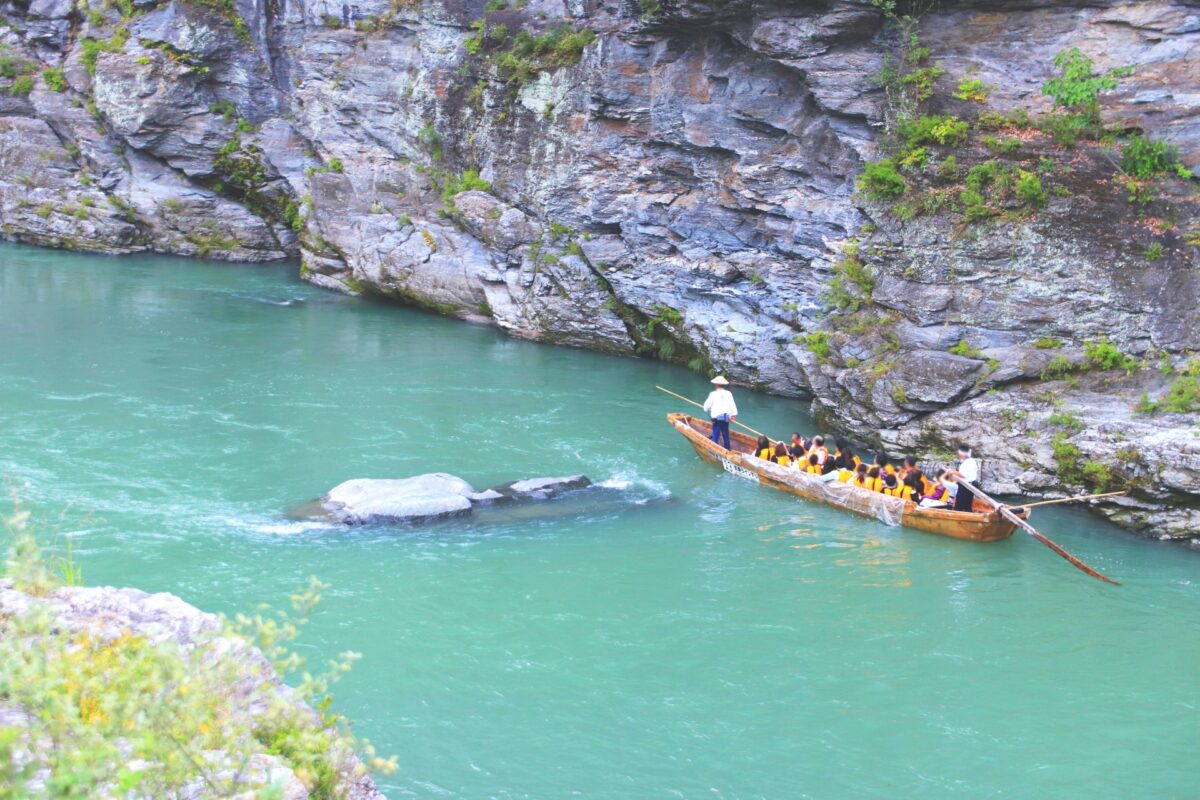
Nagatoro, a scenic mountain town in Saitama Prefecture, is a beloved escape for Tokyoites seeking outdoor adventures. This designated prefectural park offers a wealth of outdoor activities, from invigorating hikes and scenic river boat tours to thrilling whitewater rafting. The Nagatoro River is a prime destination for both adrenaline junkies and families, with its mix of exhilarating rapids and calmer stretches perfect for swimming. After a day of aquatic fun, explore the charming town, known for its vibrant festivals, historic shrines, and scenic hiking trails that wind through the surrounding countryside.
11. Okutama (Tokyo)
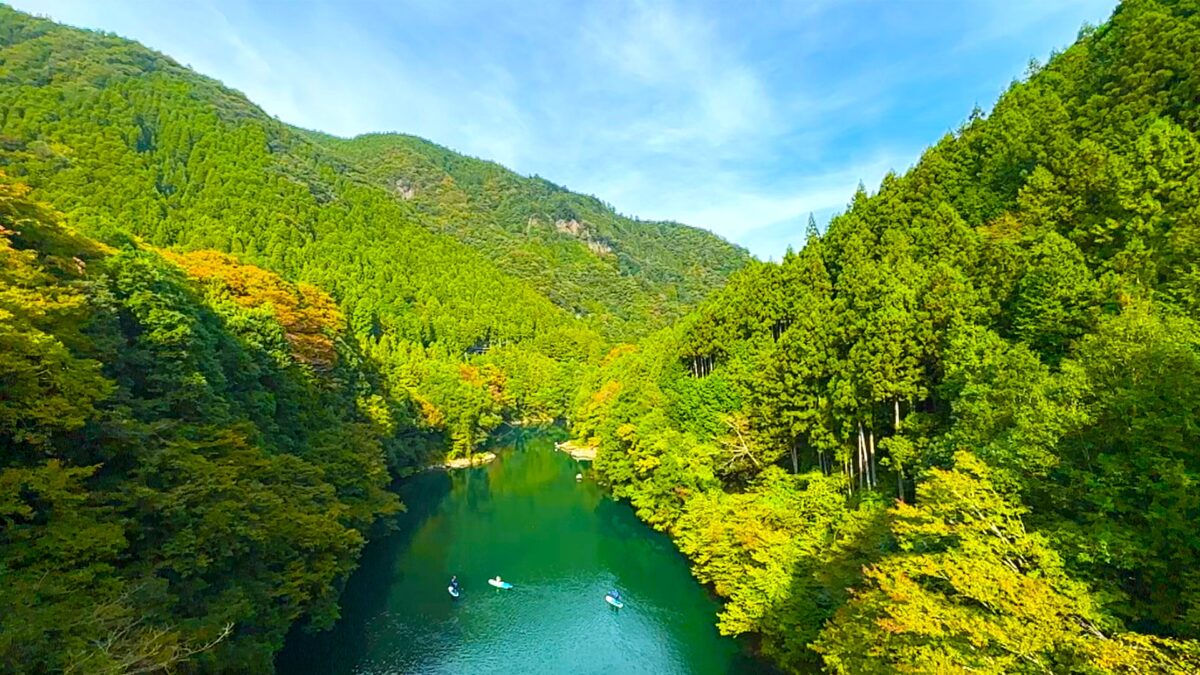
Okutama could be considered the ‘backyard of Tokyo’, as you can travel from central Tokyo to Okutama in no time and it is a bountiful natural area full of cool hiking trails. Besides hiking, Tokyoites also like to go to Okutama for activities like cycling, camping, river swimming, rafting, and rock climbing. There is also an ancient limestone cave (Nippara Limestone cave) that is especially nice to visit in summer because of the consistently cool temperature in the cave.
12. Hitachi Seaside Park (Ibaraki)
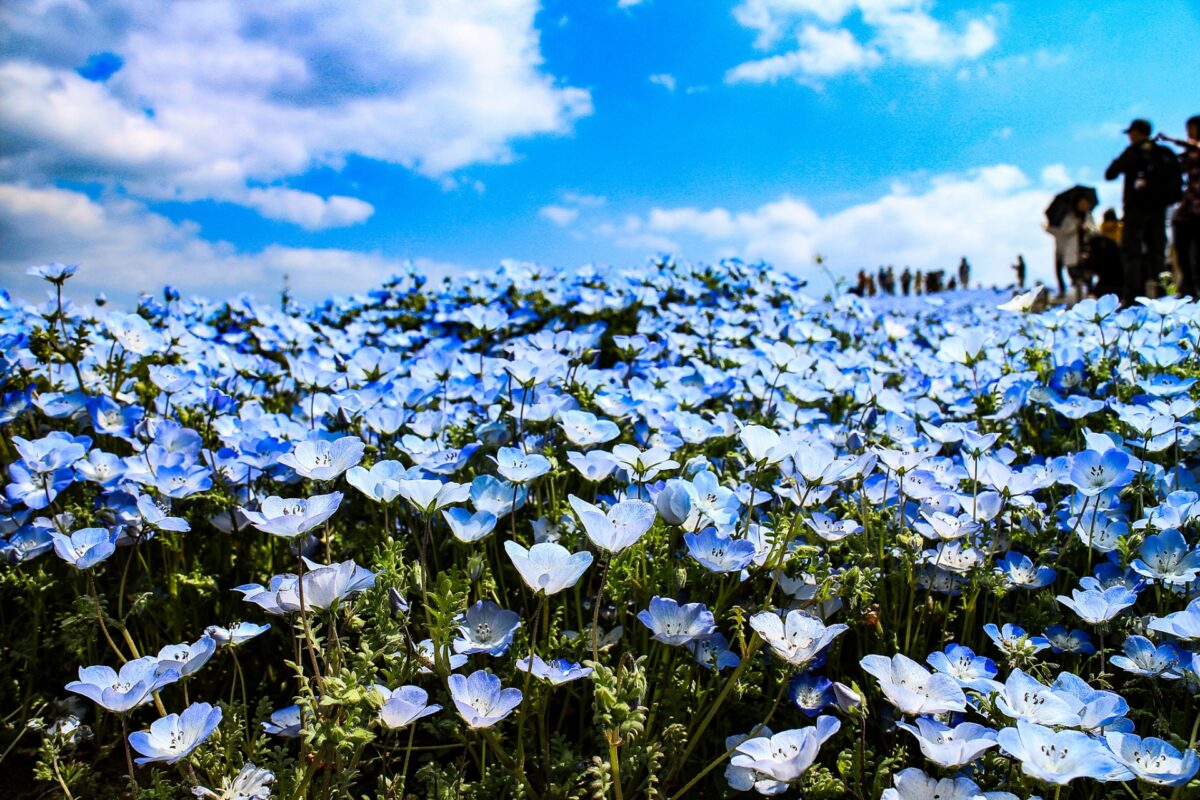
With the refreshing Pacific Ocean breeze, Hitachi Seaside Park in Ibaraki, offers seven distinct areas showcasing seasonal blooms and outdoor fun. Miharashi no Oka (Hill of Views) in particular is absolutely beautiful in mid-April when thousands of nemophila flowers blanket the landscape in a sea of blue. Beyond the floral displays, the park offers a range of activities for everyone. Cycle along the coast, challenge the kids on the obstacle course, fire up the grill for a BBQ, or even enjoy a round of golf. It’s not surprising that this is one of Japan’s most beautiful flower parks!
13. Owakudani (Hakone)
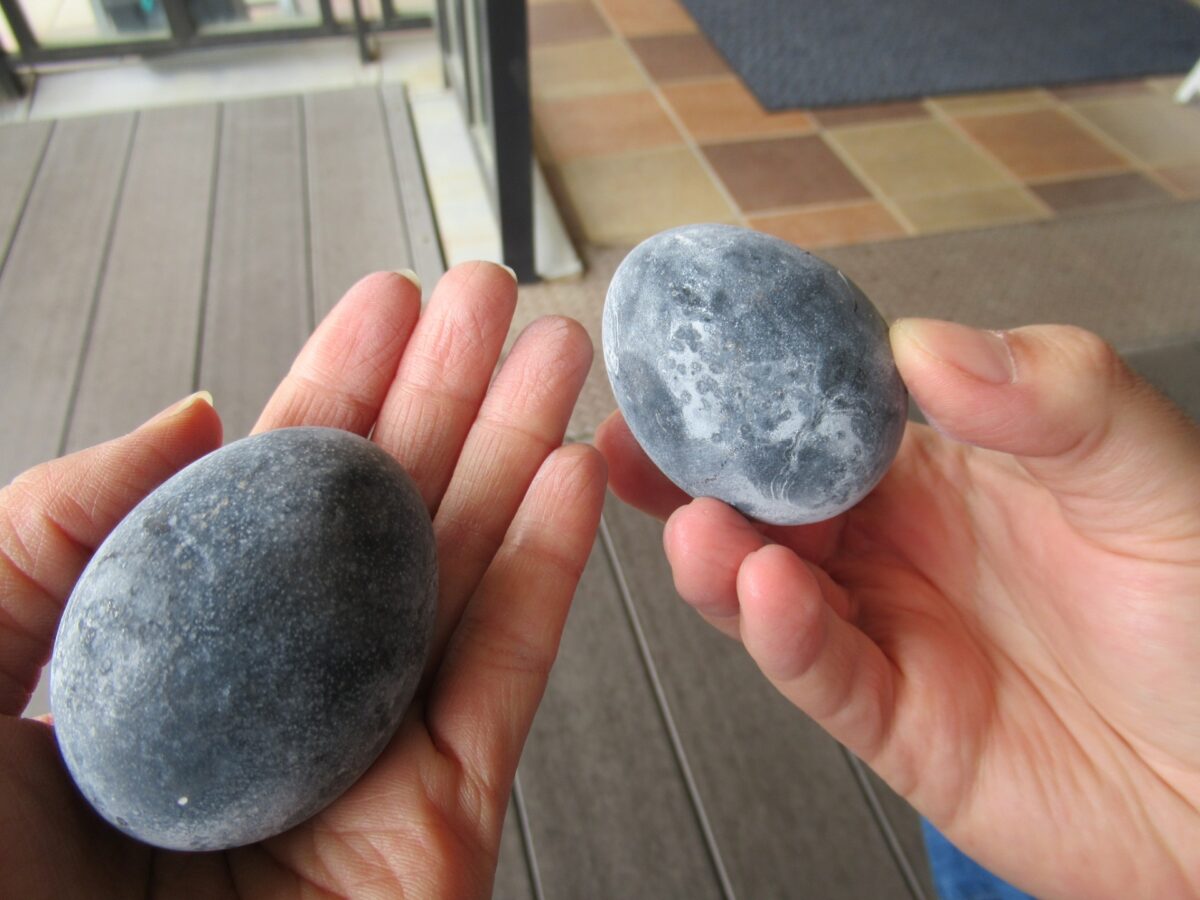
Owakudani, a renowned Hakone viewpoint, offers a front-row seat to intense volcanic activity. Born from a powerful eruption 3,000 years ago, this “Hell Valley” (Jigokudani) is renowned for its pungent sulfur smell. A local delicacy, “black eggs” cooked in the area’s hot springs, are said to extend life by seven years. Visitors here can ride the scenic ropeway, enjoy views of Hakone and Mt. Fuji, and explore the numerous hiking trails that wind through this unique and captivating landscape. There are certain times when the area is closed because of volcanic gases so keep an eye on the local reports before you go.
14. Shirakami Sanchi (Aomori-Akita)
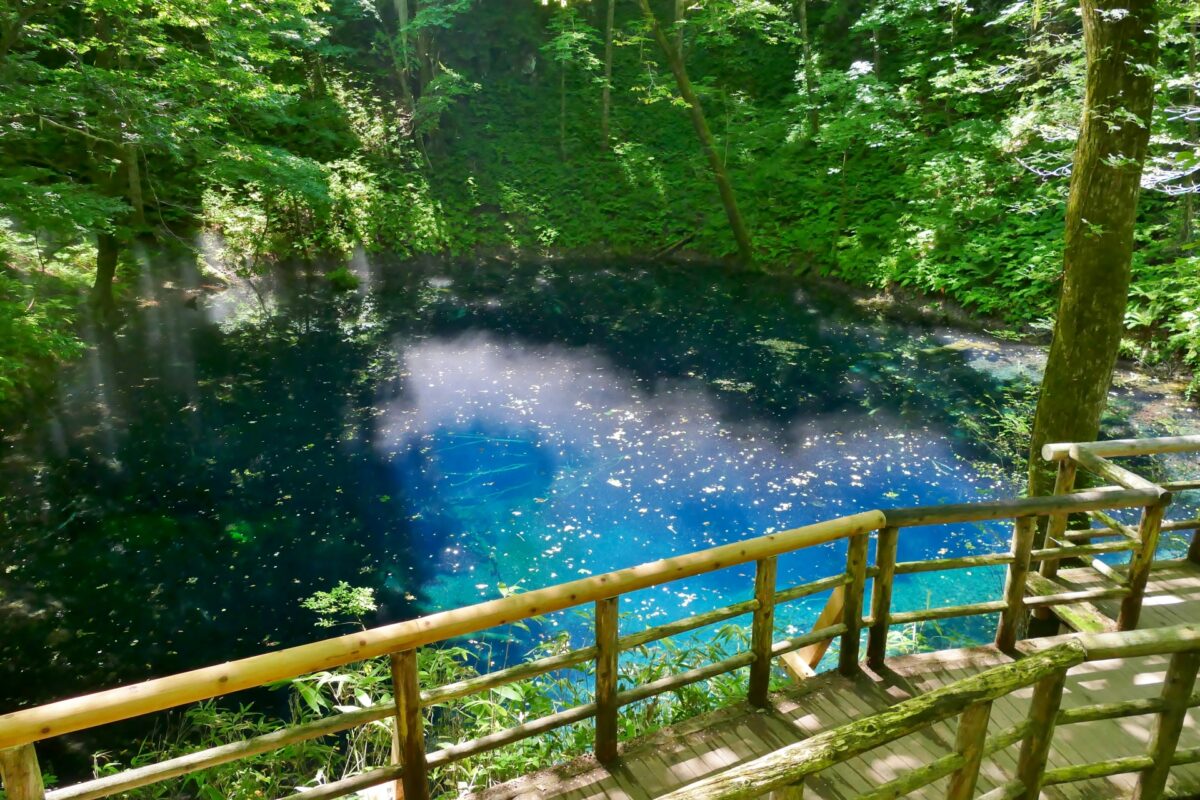
Shirakami Sanchi is a large area in the northwestern corner of Honshu that is dotted with natural places of interest. Because the area is so vast, it is prudent to plan your trip and decide which places you want to visit beforehand.
There are multiple hiking paths through the forest that go past waterfalls, lakes, and peaks. The Anmon Falls are the most famous waterfall in the area. Juniko, or ‘12 lakes’, is also a must-see destination while you are here as well. The lakes are all connected through trails, and one lake called ‘Aoike’ has a beautiful deep blue color. Another interesting hike takes you from the Dairakyo Gorge via the Tanashiro Swamp to Mt Komagatake.
15. Oirase Gorge (Aomori)
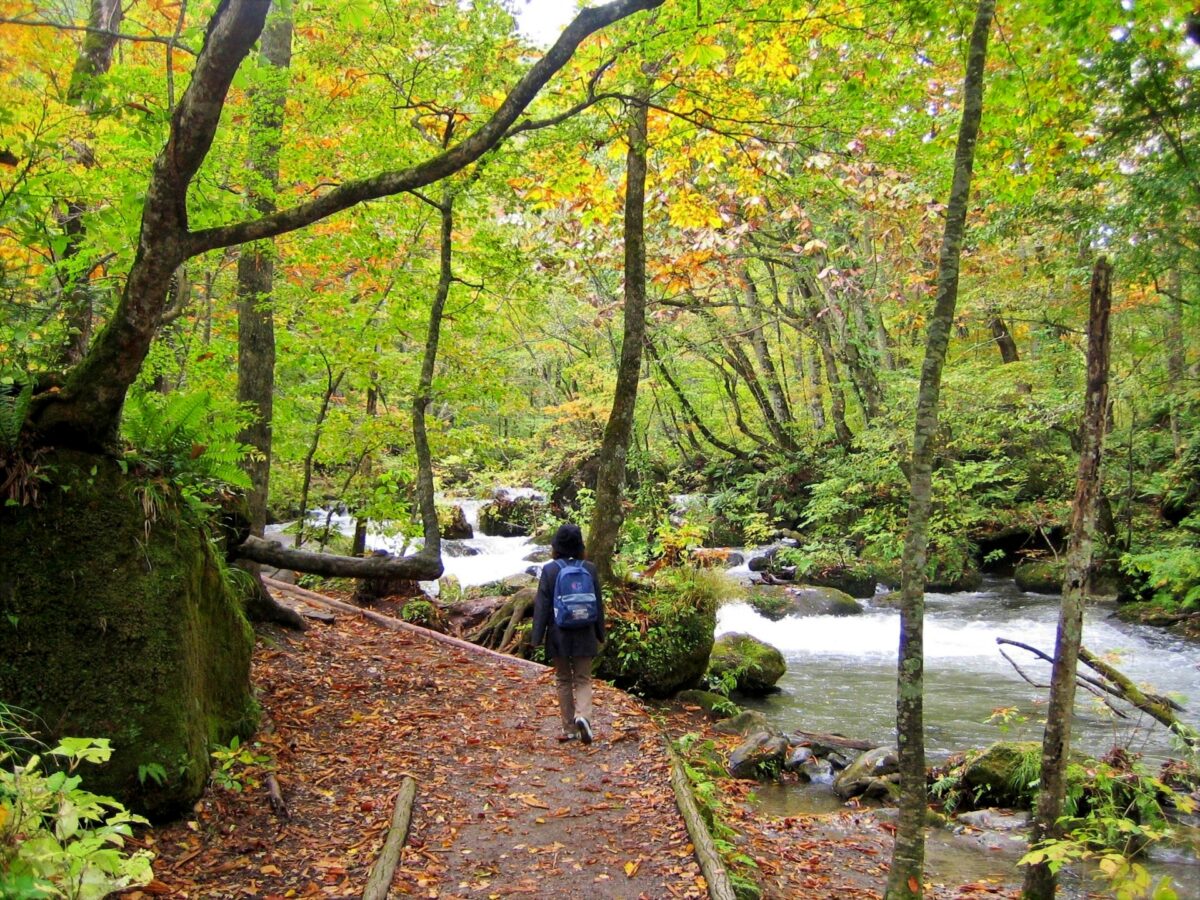
The Oirase Gorge, also known as Oirase Stream or Oirase Mountain Stream, is a breathtakingly beautiful river valley renowned for its vibrant, fast-flowing waters. This National Special Place of Scenic Beauty and National Natural Monument extends over 14 kilometers from the serene Lake Towada. While stunning year-round, the gorge is most famous for its spectacular autumn foliage. Lush with waterfalls and thick woods, the Oirase Gorge offers an enchanting atmosphere perfect for forest bathing and inspiring poets and artists alike. Visitors can explore the gorge on scenic hiking trails.
16. Kamikochi (Nagano)
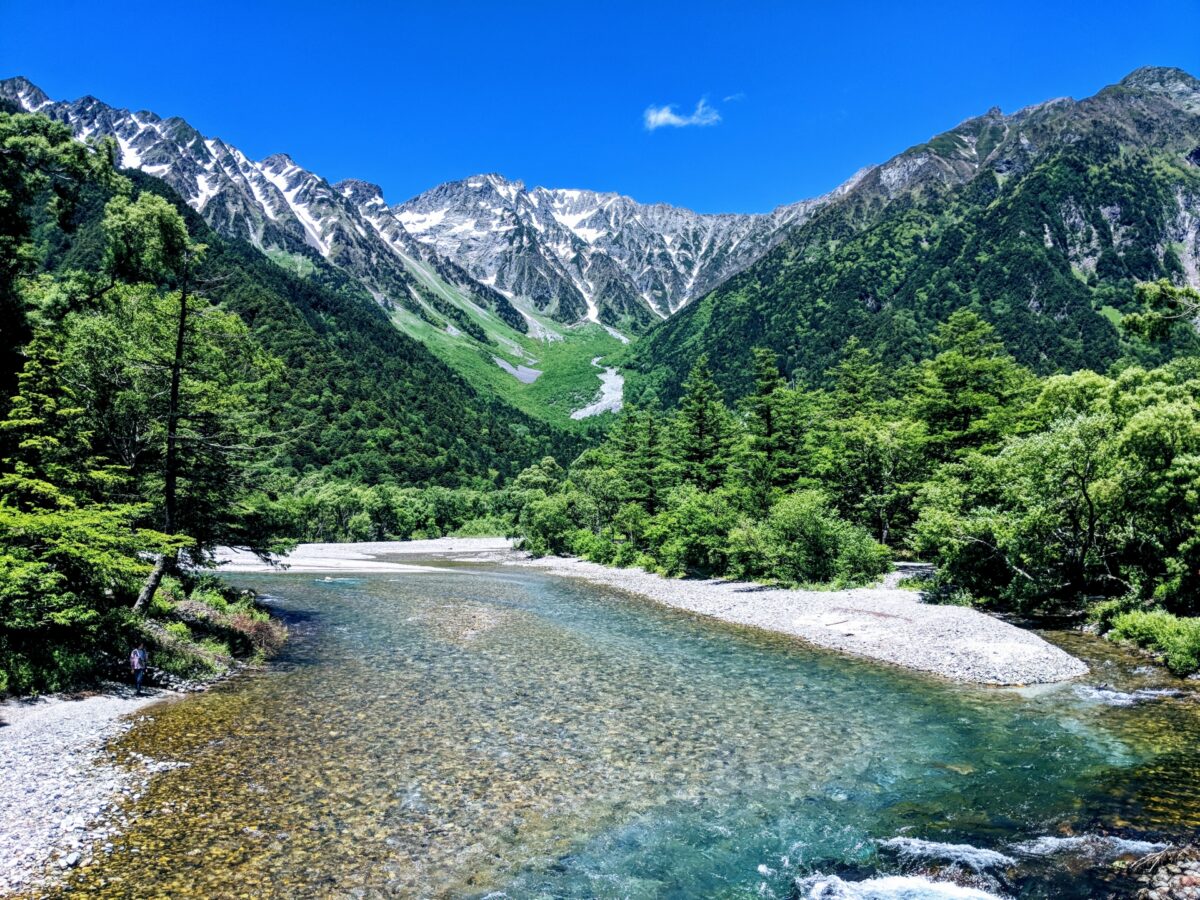
Kamikochi in the Northern Japan Alps, offers breathtaking mountain vistas. This largely undeveloped resort invites you to explore its beauty, whether you’re strolling along the peaceful Azusa River or embarking on a challenging mountain hike. Accessible only by bus or taxi, Kamikochi boasts a serene atmosphere featuring a few hotels, shops, and mountain huts. Surrounded by majestic peaks like Nishi Hotakadake and the active volcano Yakedake, Kamikochi is a must-visit for any Nagano itinerary. However, note that it’s only open from April 17th to November 15th due to heavy winter snowfall.
17. Jodogahama (Iwate)
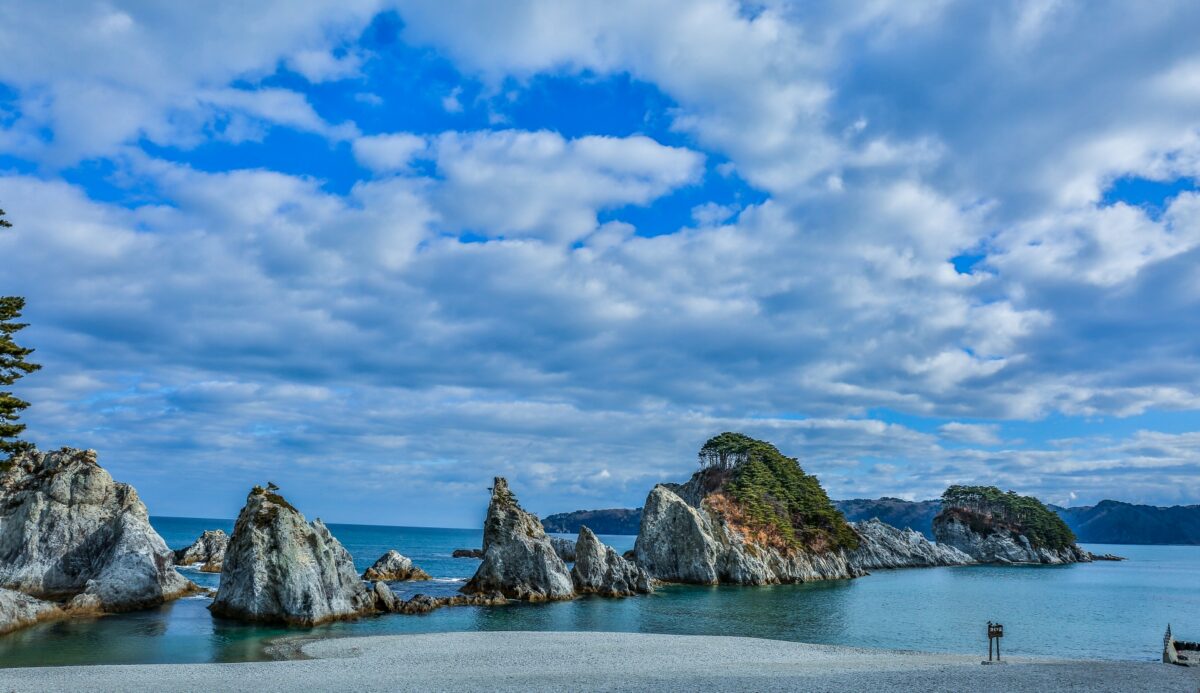
This natural gem is found in an area where you would maybe not expect it. Jodogahama was ravaged in the tsunami that was triggered after the devastating earthquake of March 2011, but this pretty beach has recovered since. You will find calm, clear seawater with a white pebble shoreline with rocky islands in the bay. You can safely swim here in the summer, there are facilities such as showers and toilets, and they operate Blue Cave cruises where you can see the rocky islands up close and enter a cave with intensely blue water.
18. Zao (Yamagata)
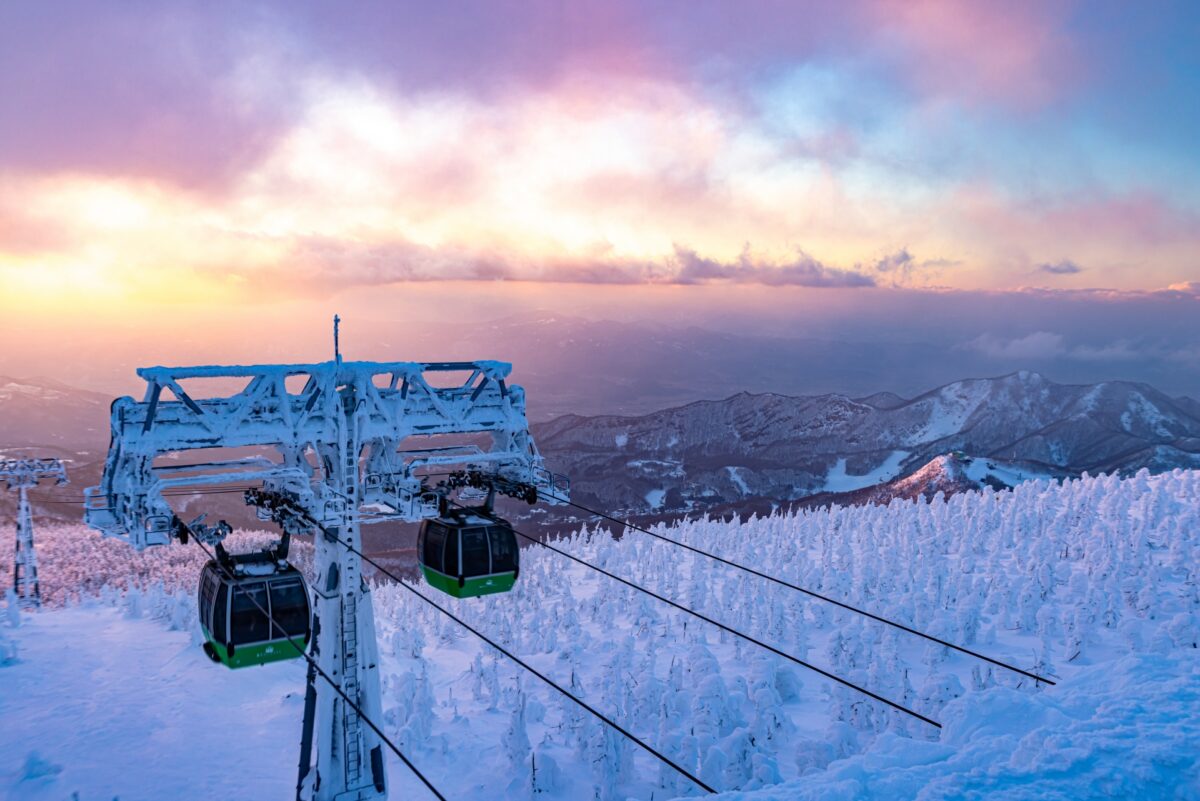
Zao is a dream for nature lovers, located between Miyagi and Yamagata prefectures in Tohoku, Japan’s northeastern region. This mountainous area boasts stunning scenery, from the eerie “snow monsters” phenomena that cover the trees in winter to the vibrant foliage of autumn. Beyond the breathtaking views, Zao offers a wealth of outdoor activities. Skiers and snowboarders flock to the renowned Zao Onsen Ski Resort, while hikers explore the region’s trails, encountering everything from charming fox villages to serene mountain vistas. Zao is also renowned for it’s onsens. Known as the “Springs of Beauty,” these naturally heated waters have been soothing weary travelers for centuries.
19. Shiretoko (Hokkaido)
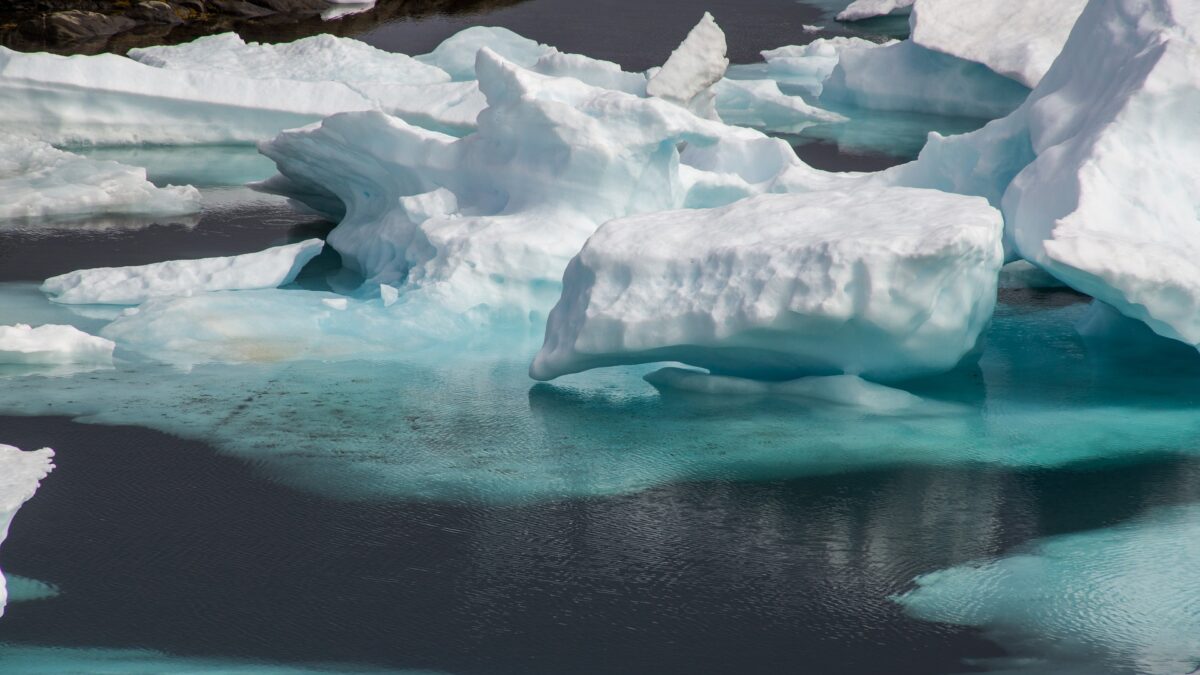
Japan’s northernmost island Hokkaido is chock full of amazing natural highlights, but for now we want to shine the spotlight on one place in particular; Shiretoko (知床). This peninsula on the eastern side of the island is a designated national park and it is so remote that large parts of it can only be viewed from a boat. The part of the national park that you can discover by land is inhabited by bears, deer, and foxes. You can also see many pretty waterfalls and lakes, but one of the main attractions is the drift ice that you can see here in the winter. In Utoro they organize ice walking tours in which you don’t just walk, but even swim among the drift ice. No worries, you will wear a dry suit so you won’t feel too cold.
20. The Tottori Sand Dunes (Tottori)
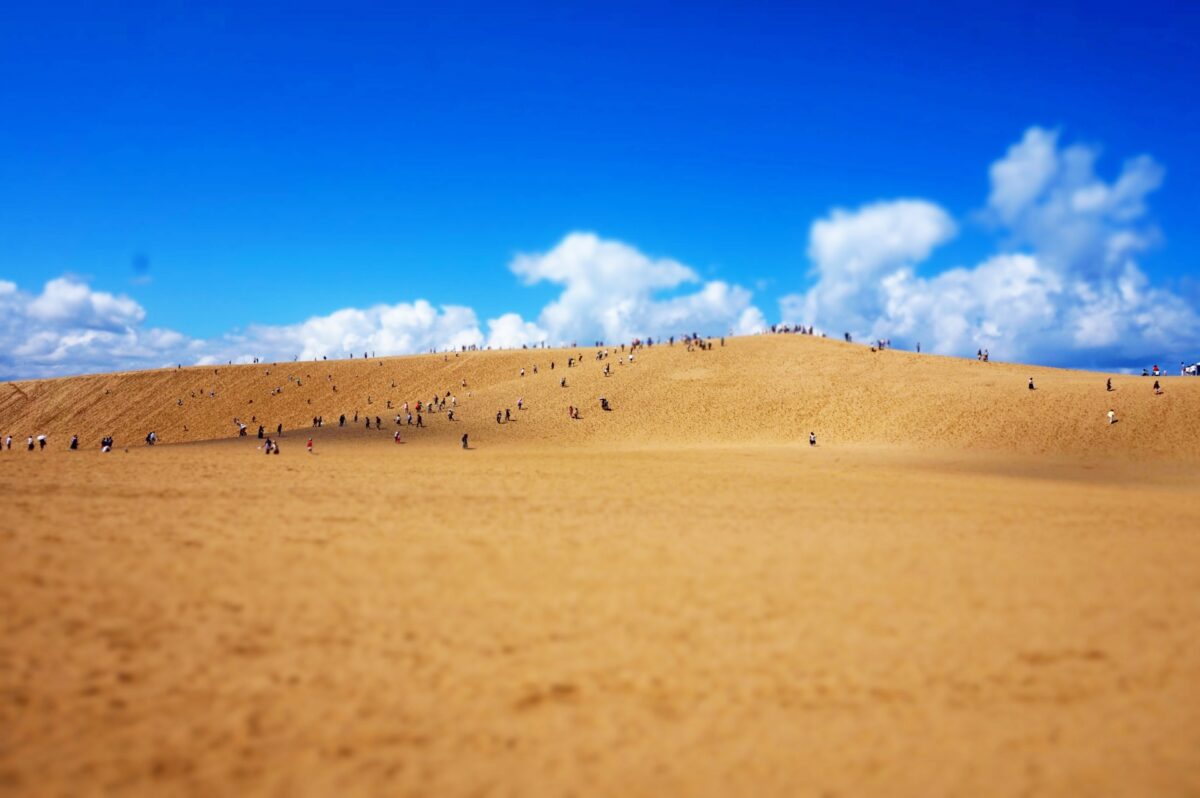
Just a short trip from Tottori City on the Sea of Japan coast, the Tottori Sand Dunes are a breathtaking sight and a fantastic starting point for exploring this often-overlooked prefecture. These impressive dunes, stretching 16 kilometers along the coast, are Tottori’s most famous attraction and part of the Sanin Kaigan National Park. Rising 50 meters high, they offer breathtaking views of the coast. For a unique experience, ride a camel across the dunes or take the chairlift to the Sakyu Center’s observation deck. Thrill-seekers can get their adrenaline pumping with paragliding or sandboarding (think snowboarding but on the sand!).
These 20 amazing natural spots are just the tip of the iceberg, and there are enough other creations of Mother Nature to enjoy in Japan to fill a lifetime of trips. Japan is a must-visit destination for any nature lover, and making the combination of discovering Japan’s cultural traditions and history while also setting aside a few days for visiting natural destinations.
Japan Wonder Travel Tours
Japan Wonder Travel is a travel agency that offers guided tours throughout Japan.
From private walking tours to delicious Food and Drink tours, we can help you organize the best tours just for you! If you want to explore Japan and learn more about the history and backstories of each area you are visiting, our knowledgeable and friendly English speaking guides will happily take you to the best spots!
In addition, we can provide you with any assistance you may need for your upcoming trip to Japan, so please feel free to contact us if you have any questions or need some help!
▶Tokyo Tsukiji Fish Market Food and Drink Tour
Explore the most lively and popular fish market in Tokyo and try some of the local’s favorite street foods and sake with one of our friendly and knowledgeable English speaking guides!

▶Tokyo 1–Day Highlights Private Walking Tour (8 Hours)
There’s no better way to explore an area than taking a tour with a knowledgeable local guide. You will have the chance to learn about the history and interesting background stories of Tokyo, as well as discover some hidden gems which can be hard to do without a guide.
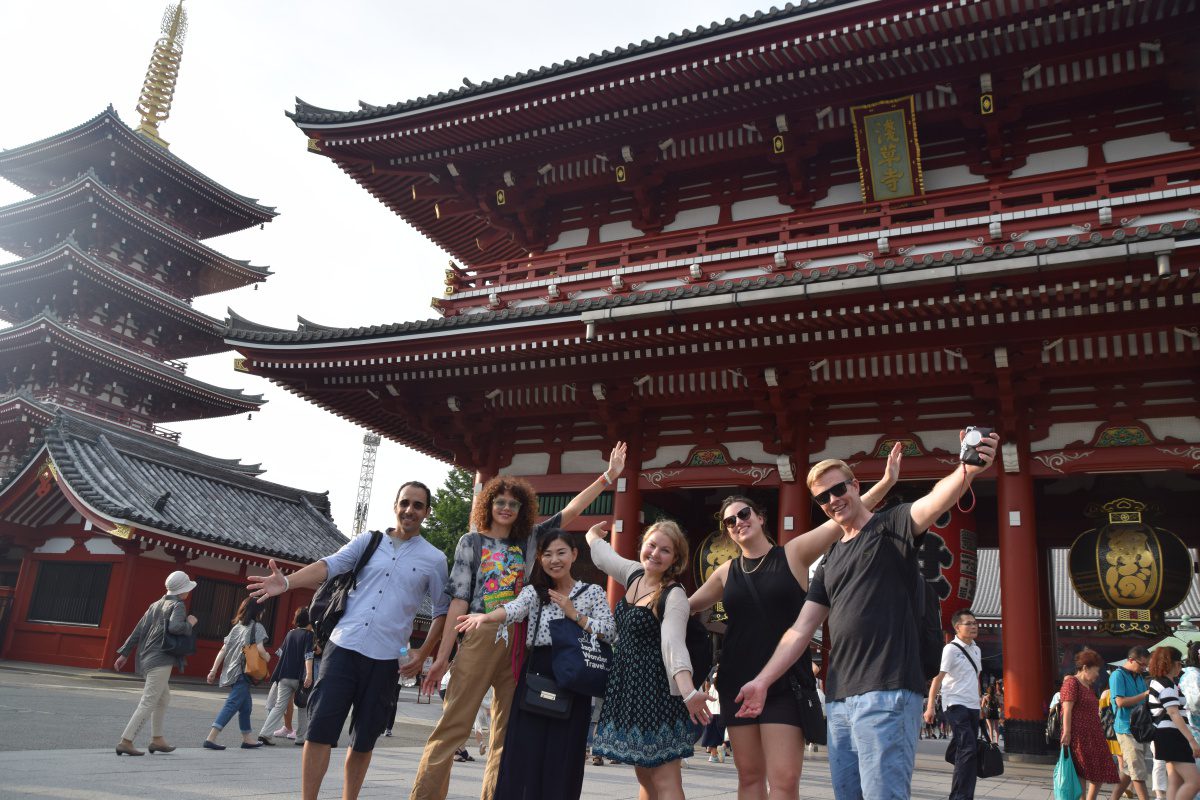
▶Mt. Fuji Day Trip Bus Tour from Tokyo
Experience the breathtaking views of Mt. Fuji by visiting the highlights of the area on our guided sightseeing bus tour! Departing from Shinjuku in central Tokyo, you can travel comfortably to all of the best spots in the area by bus.
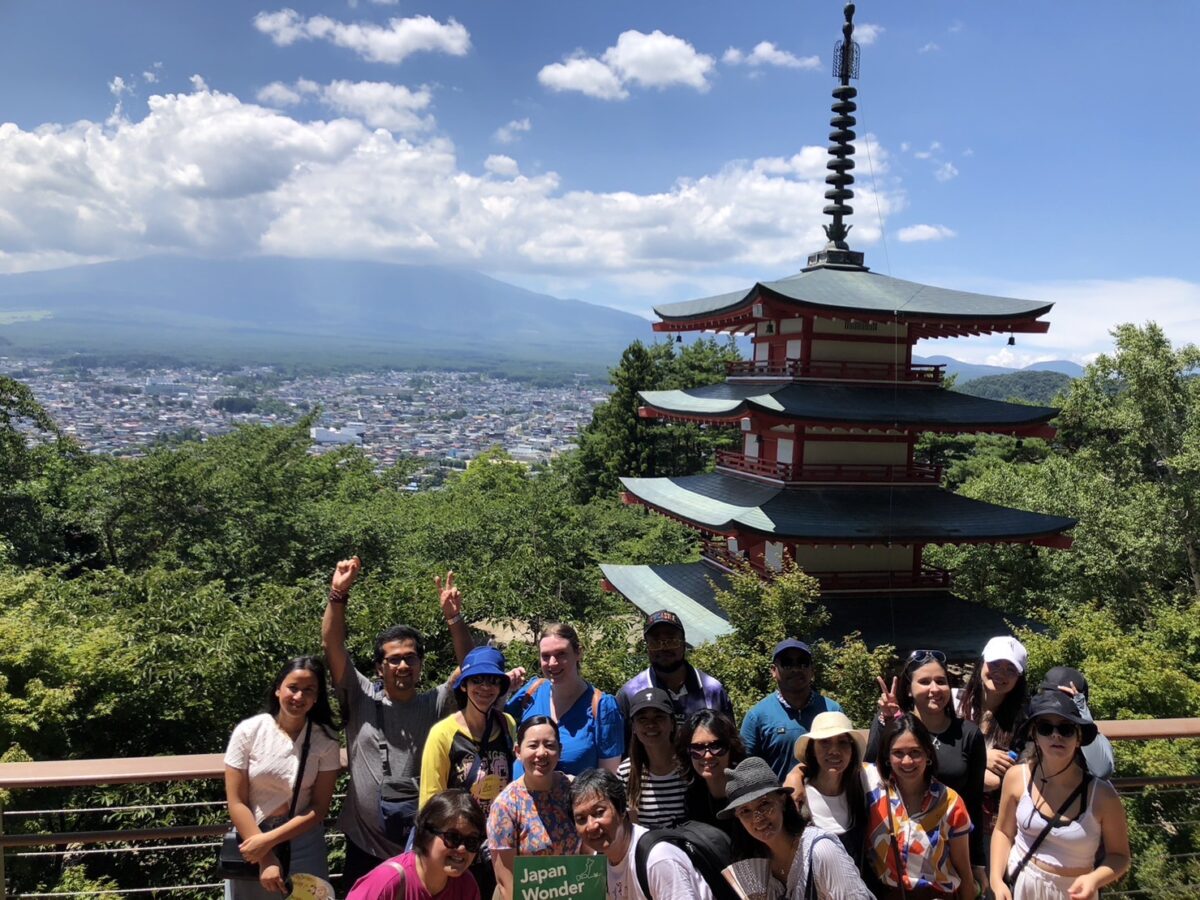
▶Kyoto Private Full Day Walking Tour
On this full-day private tour of Kyoto, you will be able to see the highlights of Kyoto in just one day and at the same time develop a deeper understanding of both the culture of the area and Japan as a whole.
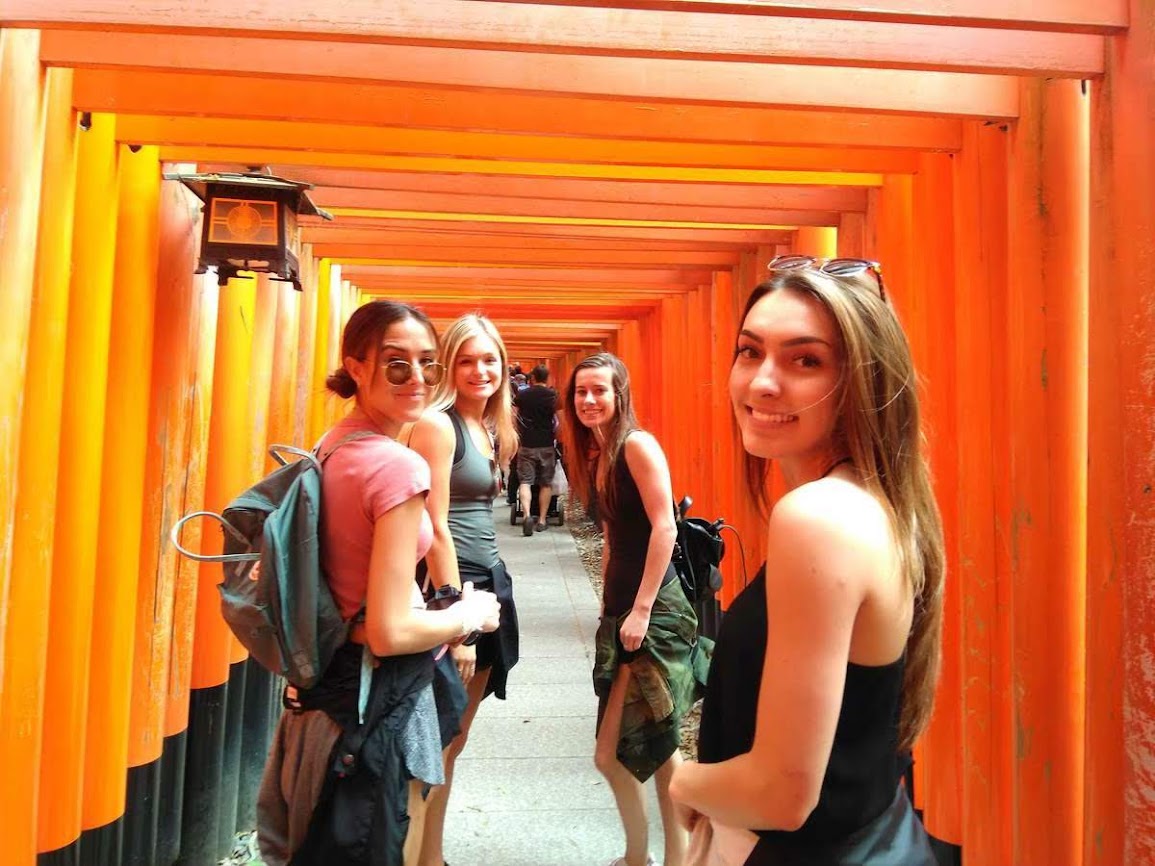
Follow us on Instagram, Facebook, and Twitter for more travel inspiration. Or tag us to get featured!
Happy traveling!
